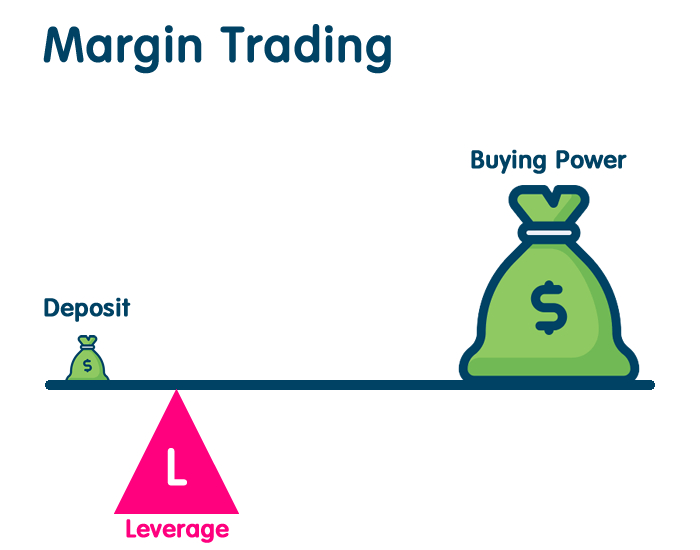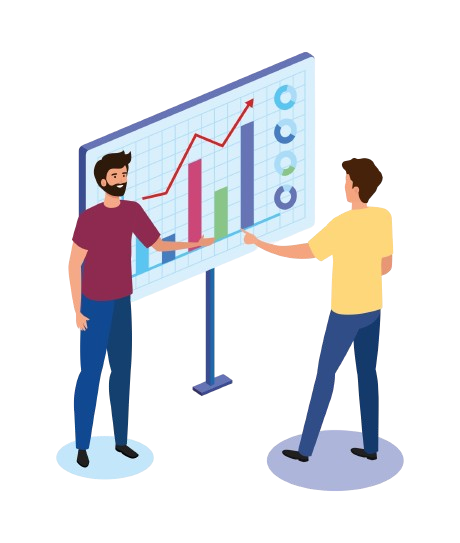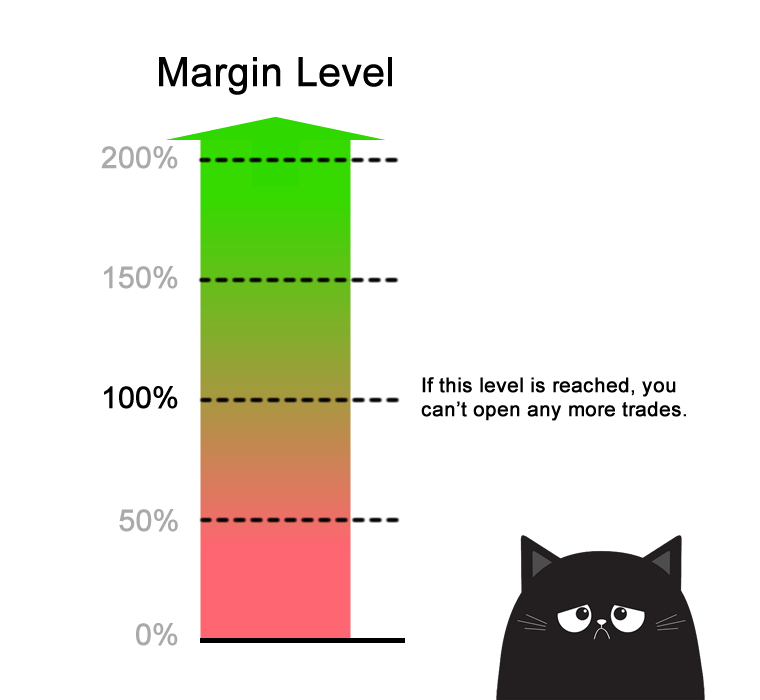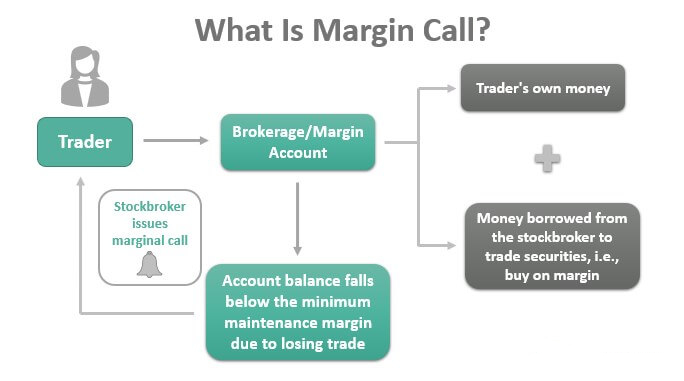Introduction
- Forex trading, also known as foreign exchange trading, is a dynamic and complex financial market where currencies are bought and sold. To navigate this ever-changing landscape successfully, traders must comprehend various concepts, with "margin" being a fundamental aspect. In this blog, we will explore what margin is, its significance in forex trading, how to calculate it, the concept of margin level, and the potential pitfalls associated with a margin call.
What is Margin in Forex Trading?
- Margin in forex trading refers to the collateral required to open and maintain a trading position. It allows traders to control a larger position size with a relatively smaller amount of capital. In essence, margin acts as a security deposit, ensuring that traders have sufficient funds to cover potential losses.

Understanding Forex Margin
- Forex margin is expressed as a percentage, indicating the ratio of the trader's own funds to the borrowed funds. For instance, a margin of 1% implies that a trader needs $1,000 to control a position worth $100,000. This leverage amplifies both profits and losses, making it a double-edged sword. While it provides the opportunity for significant gains, it also exposes traders to higher risks.

How to Calculate Margin in Forex
- Calculating margin is crucial for risk management. The formula for calculating margin is: Margin = (Trade Size × Exchange Rate) / Leverage Let's break this down. Suppose a trader wants to open a position of 100,000 EUR/USD with a leverage of 1:50 and the current exchange rate is 1.1500. Margin = (100,000 × 1.1500) / 50 = $2,300 This means the trader needs $2,300 as a margin to control a position of 100,000 EUR/USD.

What is a Margin Level?
- Margin level is the ratio of equity to margin, expressed as a percentage. It helps traders monitor their account's health and assess the risk of potential margin calls. The formula for margin level is: Margin Level = (Equity / Margin) × 100 A margin level above 100% indicates that the trader has enough equity to cover potential losses. Conversely, a margin level below 100% signals that the account is at risk of a margin call.

What is a Margin Call?
- A margin call occurs when a trader's losses approach the total margin deposited in the trading account. In such a situation, the broker may demand additional funds to cover potential losses or automatically close losing positions to prevent further losses. It's a protective measure aimed at preventing the account from going into negative territory.

Trading on Margin
- Trading on margin requires a thorough understanding of the associated risks. While it provides an avenue for amplifying profits, it also exposes traders to significant losses. Risk management is paramount in forex trading, and using protective tools like stop-loss orders can help mitigate potential downsides.

Key Takeaways
- 1. Margin is a crucial concept in forex trading, allowing traders to control larger positions with a smaller amount of capital.
- 2.Calculating margin is essential for risk management and involves considering trade size, exchange rate, and leverage.
- 3. Margin level reflects the health of a trading account and is a key indicator of potential margin calls.
- 4. A margin call occurs when losses approach the total margin deposited, prompting the need for additional funds or automatic position closures.
- 5. Trading on margin requires careful consideration of risk and the use of risk management tools to protect against significant losses.




